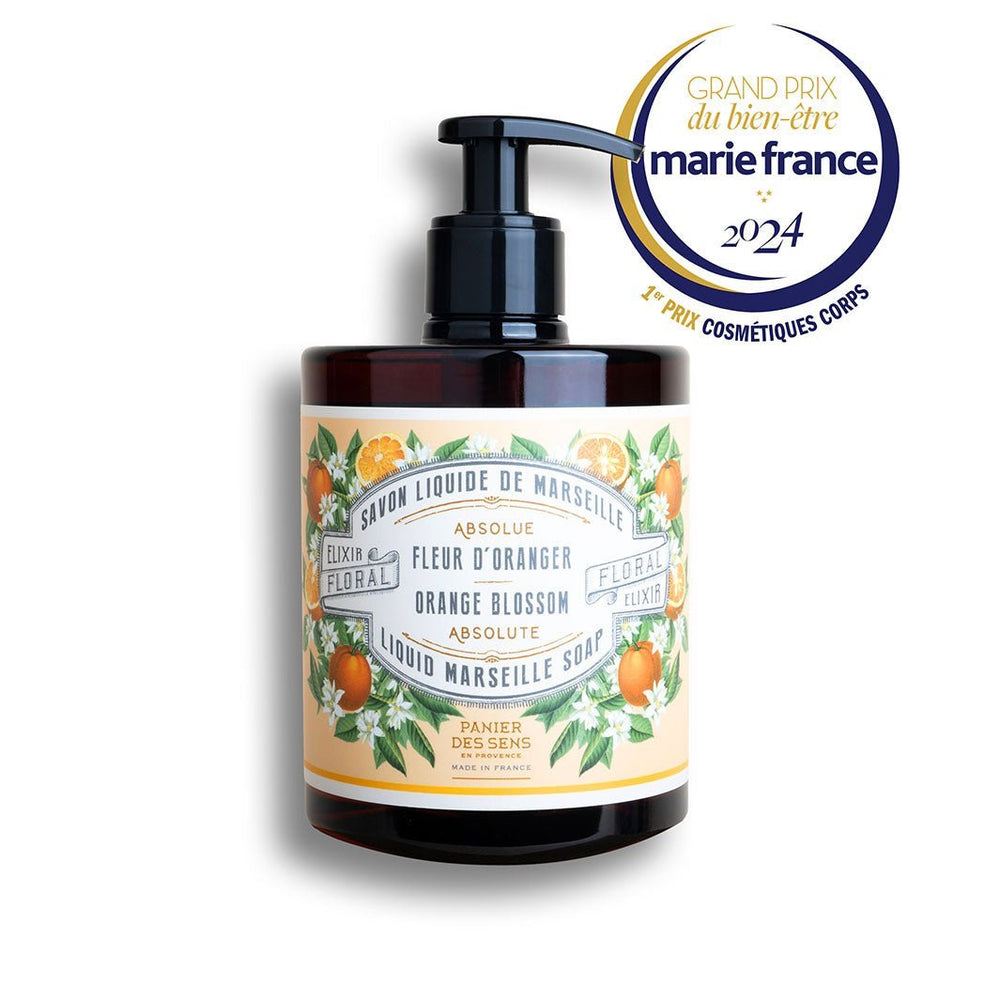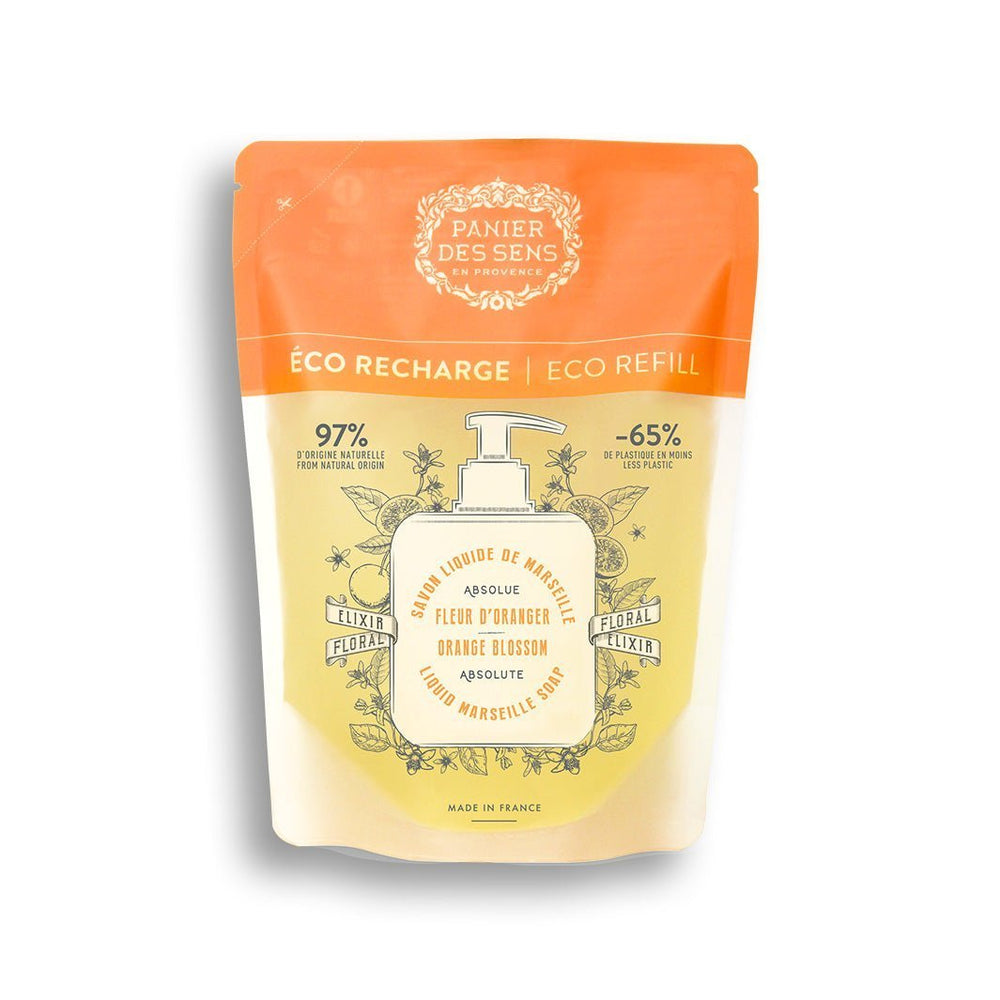How to make a hand sanitizer with liquid Marseille soap?
Marseille soap, renowned for its purifying qualities and mildness, is the main ingredient in an easy-to-make recipe for a hand sanitizer. With the current emphasis on hand hygiene, this homemade preparation can become a practical addition to your cleanliness routine. To make a hand sanitizer using liquid Marseille soap, you need to understand its antiseptic properties, gather the right ingredients and follow a few precise preparation steps.
The first section of our guide is devoted to thehistory and composition of Marseille soap, and its effectiveness against germs. Next, we'll identify the ingredients needed for your disinfectant and the proportions recommended to ensure optimum effectiveness. Finally, we'll look at the steps involved in preparing your disinfectant, including the equipment required and the precautions to be taken, ending with the manufacturing process and some practical advice on use.

Understanding the antiseptic properties of Marseille soap
The history and composition of Marseille soap
Marseille soap, that timeless icon of the city of Marseille, is more than just a cleanser: it's a heritage, a tradition that has stood the test of time. From its humble origins to its international renown, it has been the indispensable companion of families in Marseille and far beyond. Its simple composition - vegetable oils, water, soda and salt - conceals a complex and refined manufacturing process. Over the centuries, despite the ordeal of war and the industrial boom that saw many soap factories close their doors, Marseille soap has managed to preserve its essence. To this day, it remains a natural product appreciated for its purity and authenticity.
Marseille soap's effectiveness against germs
In an age when cleanliness is synonymous with health, liquid Marseille soap reveals its antiseptic virtues. Its cleansing power is not limited to a simple mechanical action on the skin; it also provides an effective barrier against bacteria and other undesirable micro-organisms. It's not for nothing that Rocca, Tassy & De Roux - once one of Marseille's most powerful oil and soap factories - was committed to technological innovation to optimize this age-old process. The continuous saponification they developed enhanced the hygienic quality of the finished product. Armed with age-old know-how and impeccable composition, liquid Marseille soap is a precious ally in our daily quest for impeccable hygiene.
Ingredients for an effective disinfectant
The role of each component
Making a homemade disinfectant with liquid Marseille soap relies on a synergy of natural ingredients, each with its own virtues. Boiling water forms the liquid base of the mixture, allowing adequate dilution of the other elements. Marseille soap, the mainstay of this preparation, ensures a gentle cleansing and degreasing action without aggressing the epidermis. To complete our recipe, honey acts as a humectant, attracting and retaining moisture and providing beneficial hydration for hands often damaged by repeated washing.
Vegetable oil completes the picture, forming a protective film that deeply nourishes the skin. Tea tree and ravintsara essential oils are chosen for their recognized antibacterial potential. These precious essences don't just add a pleasant aroma to your gel; they actively contribute to its disinfectant power, while prolonging its shelf life.
The ideal proportions for a disinfectant solution
To balance effectiveness and gentleness in our disinfectant concoction, the proportions must be meticulously respected. For a pump bottle of at least 500 ml, the ideal is to use 50 cl of boiling water as a solvent. This quantity will enable the soap to dissolve properly without altering its cleansing properties.
In this quest for perfect balance, we recommend incorporating honey and vegetable oil in sufficient quantities to enrich the blend without making it too viscous or greasy to the touch. Finally, if you opt for the use of essential oils - sparingly to avoid skin irritation - a few drops will suffice to reinforce the product's antibacterial character while imparting a subtle, invigorating fragrance.
The organic hand soap we're aiming to create isn't just a bulwark against germs; it's also a comforting balm for hands that deserve our full attention.
Preparation steps for hand sanitizer
Equipment required and precautions to take
To make your own hand sanitizer with liquid Marseille soap, you'll need a heat-resistant bowl, a kettle or saucepan, a sturdy whisk and a soap dispenser or pump bottle of at least 500 ml. Before you start, make sure your work area is clean and uncluttered. Make sure you wash your hands and the equipment you'll be using thoroughly to avoid cross-contamination.
When handling essential oils, it's important to exercise caution: these powerful concentrates can be irritating if they come into contact with the skin or eyes. We recommend using gloves when handling pure essential oils, and working in a well-ventilated area.
Manufacturing process and instructions for use
When you're ready to start, pour your Marseille soap shavings into the heatproof bowl. Bring the water to the boil and pour it precisely over the shavings. Leave to stand for a few moments until the mixture becomes homogeneous; this takes about 10 minutes. A vigorous whisk will help dissolve the shavings more quickly.
Then gently blend in the chosen vegetable oil and acacia honey for their softening and moisturizing properties. After mixing these ingredients, allow the preparation to cool before adding the essential oil selected for its antibacterial virtues - this step is optional, depending on your personal preferences.
Once the mixture has cooled, transfer it to your pre-cleaned pump bottle or soap dispenser. Shake lightly to obtain a perfectly homogenous solution before each use. Your homemade disinfectant is now ready! Apply to dry hands, rub gently for at least 20 seconds, then rinse thoroughly with clean water.
This homemade disinfectant combines antibacterial efficacy, thanks to the soap traditionally recognized for its purifying properties, with gentleness, thanks to the natural moisturizing agents it contains. It's an excellent way to combine rigorous hygiene with daily hand care.
We recommend these other pages:







































